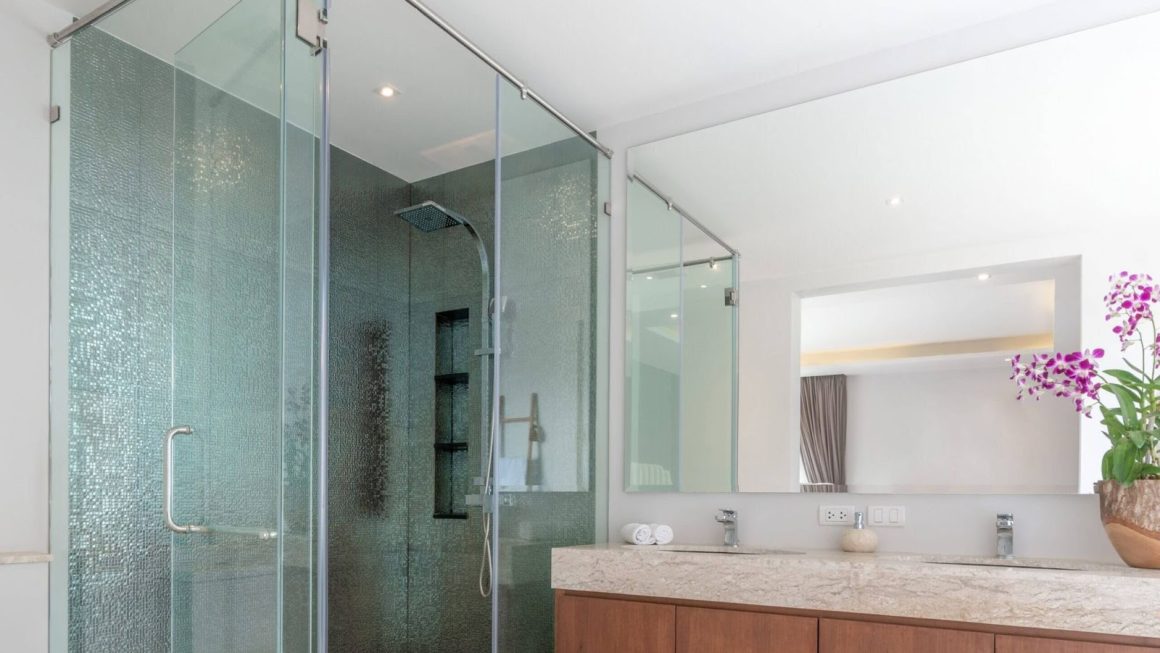It’s been a long week full of seemingly endless hours, and you finally have a chance to get your laundry done. While it may not be the first thing you want to do with a bit of free time, you set out to gather your soaked, splattered and stained shirts or scrub tops to restore in the wash and dump them in with your best detergent. Done, right? Probably not. No matter what your role, you’re likely aware that merely restoring the brightness to the color and freshness to the scent isn’t enough. You want an unrivaled clean that you can guarantee is going to decontaminate and degrime your duds for Monday. So how do you do your laundry with the same level of professional precision that you give to your career? And what methods are worth employing as much as you were?
Turn Up the Heat
The recommended temperature for washing most professional uniforms is 70 degrees Celsius, or 158 degrees Fahrenheit. If you plan on doing a tumble dry upon completion of washing, however, a 60-degree wash can be just as effective! Medical contaminants, food residue and dirt residue in particular are all hotbeds for the growth of bacteria and microorganisms that could prove harmful, though, so if these sound like the types of things you may carry home on you — you’ll want to consider following these temperature protocols more carefully!
(Pre)treat Your New Uniform Right
Before showcasing your new uniform or ensemble at work, it’s best practice to wash it alone in cold water with the addition of half a cup of vinegar. This will help to set the color of your new scrubs or uniform and prevent fading in the future, as well as prolong the life and preserve the soft feeling of the fabric that may otherwise be stripped by the use of coarse disinfecting agents or detergents.
Clean Soiled Clothes Immediately and Separately
To avoid the spread of contaminants, especially from pieces like scrubs, waste no time after your shift has ended and get washing! While it’s easier said than done, this is an important step when it comes to stopping contaminants in their tracks and even avoiding stains from worsening. When you wash your work clothes, make sure to do so separately from your weekend wear in order to avoid additional contamination and, when necessary, handle your soiled laundry with disposable gloves! If you are unable to wash your work clothes directly after work, be sure to store them separately.
Source: tete_escape/Shutterstock.com
Treat Tough Stains Prior to Washing
Whether you’re in the medical field as a nurse, the construction field doing cleanup or the culinary field cooking delicacies, the one thing that remains the same is staining. Greasy, oily, muddy and even bloody, stains are something you can’t stop — but you can be smart about dealing with them. The smartest thing of all that you can do when it comes to these stains is treat them before washing in order to avoid them setting permanently. Depending on what’s left its mark, though, you may need to take different measures:
- Blood, for example, should be pretreated with a decent dose of hydrogen peroxide. After applying a small amount directly to the stain, you’ll want to rub it lightly with a cloth or sponge and place it under cold running water. Depending on the color and size of the stain, reapply where needed! Once you’ve completed this step, wash your workwear as per usual at the recommended water temperature.
- Ointment, or anything derived from an oily substance, should be pretreated using liquid detergent or liquid dishwashing solution and left to soak for 5 to 10 minutes. Thereafter, your piece should be washed in hot water and left to dry (good as new) for the following day.
- Liquids, especially varieties found in medical environments, can be tricky to deal with. This is because many of the liquids found in these environments are made with dyes that may seriously stain your scrubs. It goes without saying that you’ll have to wait until after your shift to attempt removing the stain, giving it time to dry. To attempt removing the stain, then, you’ll want to give it extra attention by soaking the fabric in a combination of cold water and oxygen-based bleach. After anywhere from 1-8 hours of soaking and visual monitoring, you’ll be ready to remove your piece and proceed with a normal wash.
- Body fluids from blood to feces can and will find their way onto your scrubs if you have a role in healthcare. Luckily, simple pretreatment solutions like baking soda, hydrogen peroxide and cold water exist and can significantly lift stains before scrubs hit the wash.
Keep Your Clothes Pressed and Ready
In addition to preparing your essential nursing accessories, construction tools or chef’s supplies for the following day, it’s also important to ensure that once your workwear is washed and comes out of the dryer, it is also pressed to perfection and right where you want it. Using a hot iron to press your uniform pieces is a great way to showcase the level of effort you’ve dedicated to your position and professional image.
In addition to this, though, pressing your workwear can also be a prominent germ-killer. And whether you press the night before work or on the morning itself, it’s recommended that you place those wrinkle-free pieces in a dry plastic bag to avoid contamination and preserve the crisp new look.
Source: Adamova Mariya/Shutterstock.com
An Unrivaled Effort for an Unrivaled Role
High-functioning careers like those mentioned throughout require additional effort even in the aspects of their life like laundry. And while not everyone is cut out for or capable of fulfilling these demands, take pride in knowing that you are! So as you pretreat your new scrubs or soak your soiled chef coat, remember: This is part of the reason you’re so perfect for your profession!



